The File on Thelma Jordon/1950/Paramount Pictures/100 min.
By Michael Wilmington
“The File on Thelma Jordon” plays at 8 p.m. Thursday, Feb. 12, at the Skirball Cultural Center, the final film in The Intriguante—Women of Intrigue in Film Noir series.
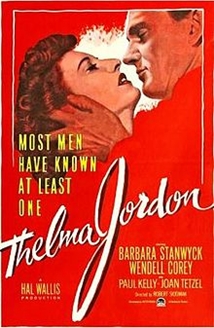 Barbara Stanwyck, one of the smartest and toughest of all the classic Hollywood femmes fatales, was terrific at playing earthy babes who knew their way around a bedroom – and sometimes a courtroom or an insurance office as well. She made a schnook out of policy-seller Fred MacMurray in “Double Indemnity.” She put Van Heflin and Kirk Douglas through the wringer in “The Strange Love of Martha Ivers.”
Barbara Stanwyck, one of the smartest and toughest of all the classic Hollywood femmes fatales, was terrific at playing earthy babes who knew their way around a bedroom – and sometimes a courtroom or an insurance office as well. She made a schnook out of policy-seller Fred MacMurray in “Double Indemnity.” She put Van Heflin and Kirk Douglas through the wringer in “The Strange Love of Martha Ivers.”
And, as the hard-boiled man-killer in “The File on Thelma Jordon,” she gives the business to the seemingly solid and non-malleable Wendell Corey, playing a district attorney named Cleve Marshall. The DA draws the touchy assignment of prosecuting Thelma for the murder of her elderly, very wealthy aunt.
Paul Kelly plays Cleve’s suspicious buddy, Joan Tetzel his not-suspicious-enough wife. Stanwyck, of course, is the gal who arouses those suspicions as well as a lot of good old-fashioned Golden Age Hollywood desire.
Corey (marvelous as a psycho in Budd Boetticher’s 1956 budget noir thriller “The Killer is Loose”) is surprisingly effective in “Thelma Jordon” as a straight-arrow guy. He’s tough and savvy, sure, but Thelma bends him like a Charleston Chew.
Stanwyck eats parts like this (and guys like this) for lunch. She was one Hollywood star who was never bashful about playing bad girls or loose women or even murderesses. She always knew just the right touch of acid (or whiskey) to drop into her milk and honey come-ons.
Thelma Jordon doesn’t sport a nasty-girl blonde wig like Stanwyck’s Phyllis Dietrichson in “Double Indemnity,” but she’s adept at skirting the law and lawyers. First a scheming opportunist who keeps very bad company, then an adulteress and finally a woman accused of an awful murder, Thelma’s a real dark-side knockout.
The movie’s director is one of the authentic masters of film noir: the great German émigré and expressionist puppeteer of twisted people and sinister streets, Robert Siodmak (“The Killers,” “Criss Cross,” “Phantom Lady”). Siodmak is visually right in his element here. Working with classy cinematographer George Barnes (“Spellbound”), he pulls us into an inky cinematic pool of psychological havoc and guilt.
The writer of “Thelma Jordon,” Ketti Frings, was no stranger to noir either, having penned thrillers such as “Guest in the House,” “The Accused” and “Dark City.” (Eventually she won a Pulitzer Prize for her stage version of Thomas Wolfe’s novel “Look Homeward Angel.”) Here, she shows Thelma spinning her webs, Cleve flying into them and everything getting darker and deadlier. And damned if Frings, Siodmak and Stanwyck don’t get some sympathy for Thelma as well.
This is Stanwyck at near her bad-best, Siodmak at his darkest and most Teutonically stylish. No, I don’t know why they spell Jordon with two “o’s.” But, like Wendell Corey, I won’t argue with the lady, especially when the lights go down.
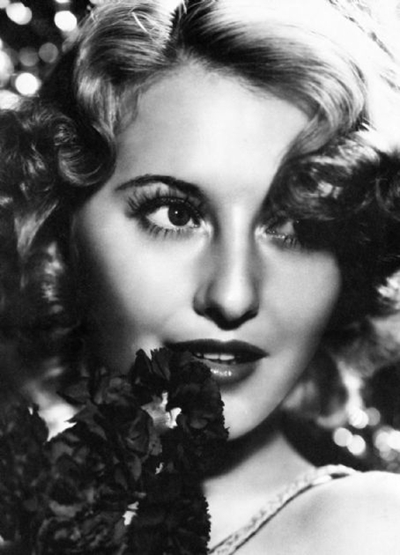





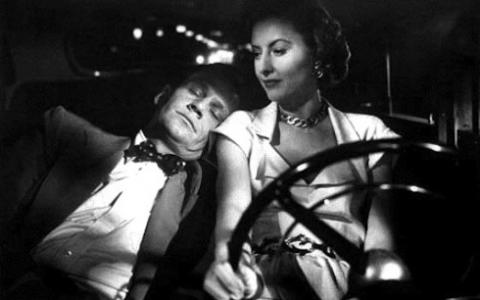
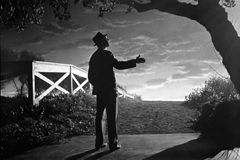
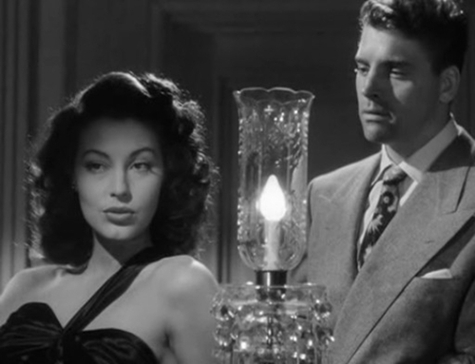

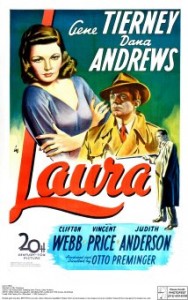
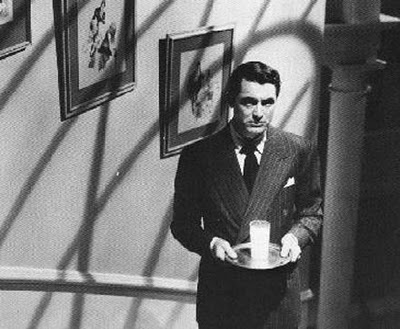
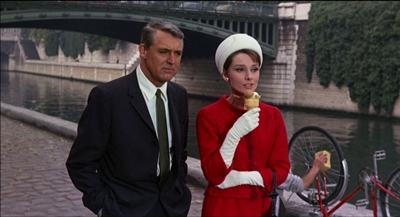
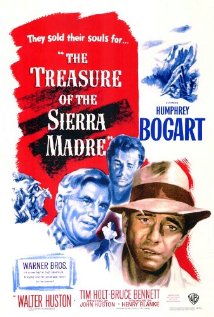
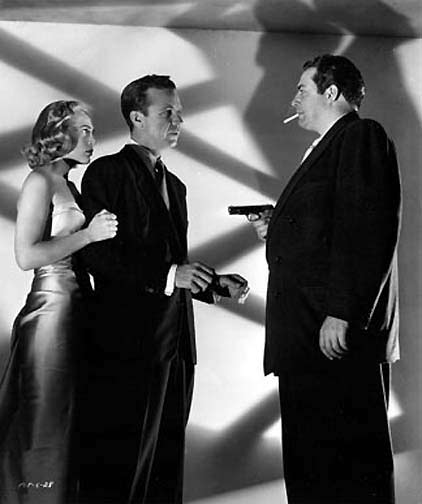
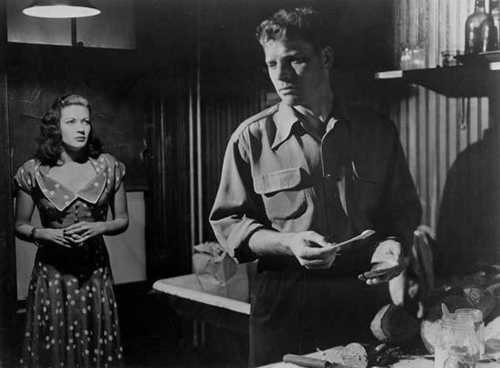

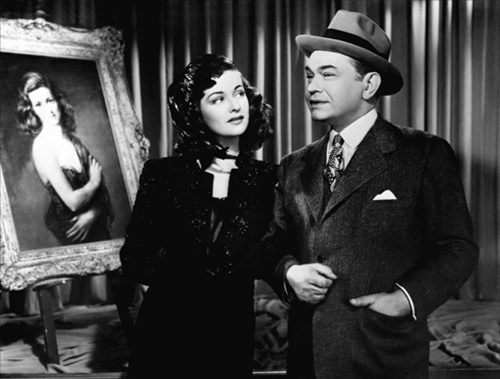
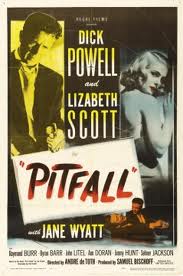

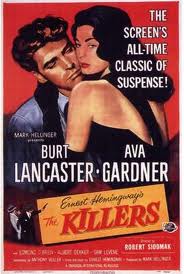

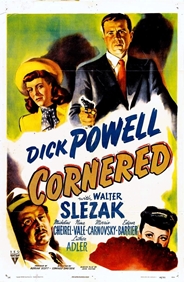
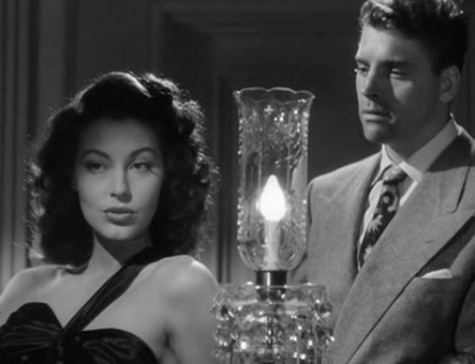
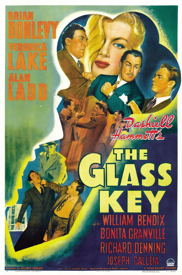
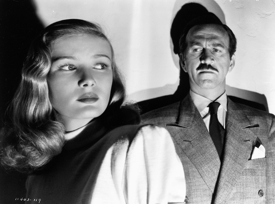

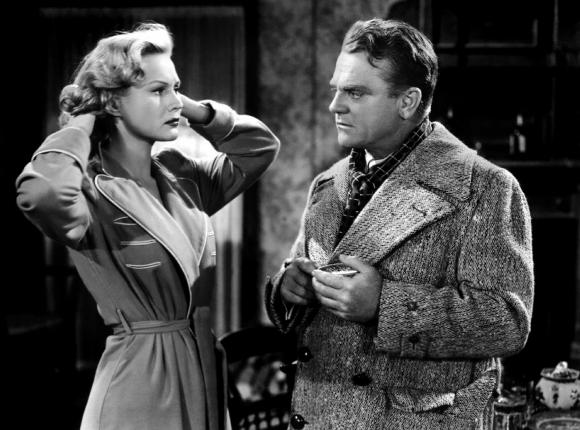





From FNB readers